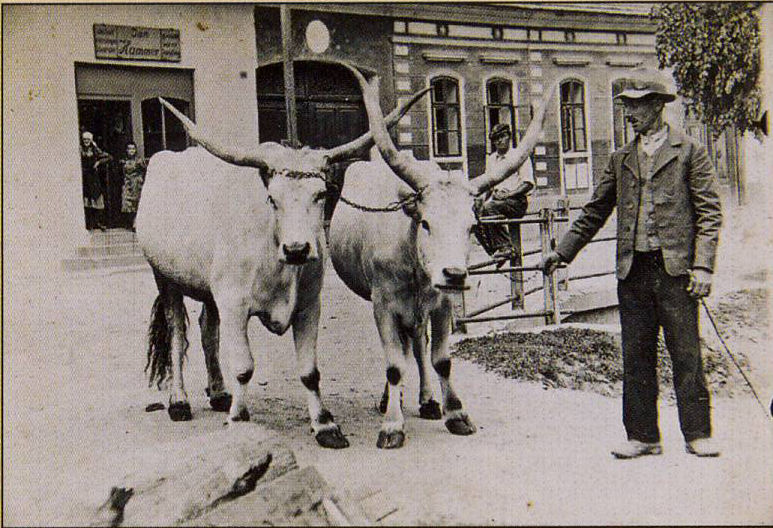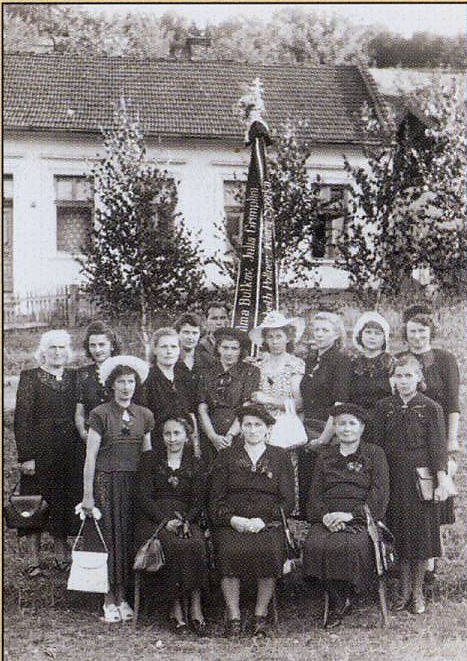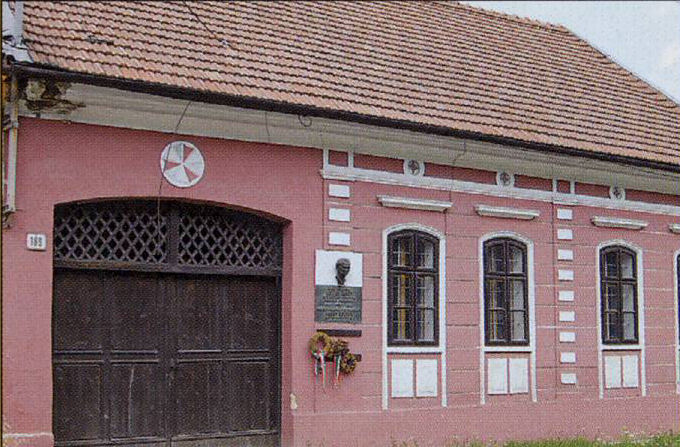

Willkommen auf der genealogischen und historischen Website von Metzenseifen
|
|
|
|
|
|
|
|
|
|
||||||||||||||||||||||||||||||||
Geschichte ⇒ Geschichte der Gemeinde Štós (Stoß)
| Geschichte der Gemeinde Štós (Stoß) | ||||
|
Autor und Copyright: Gabriel Müller (Bürgermeister von Štós), 2009 |
Fotos: © Gabriel Müller/Walter Bistika | |||
|
|
|||









